I was looking for satisfactory and safe workaround to my double precision issue specified to this problem:

This program tries to find how many small circle can fit into a large circle. It fills the large circle and then culls those that intersect the large circumference. using this formula:
distance_small_pos_from_center + small_radius < big_radius
All calculations were in double, except for screen output on WinForms which takes int for coords.

The above image shows the result of the culling. You can see that it is not symmetric when it should really be because the constraint is that there must be one small circle exactly in the center. I step through the code and find that this is because some calculations yield, for example,
99.9999999 < 100
This answer C++ double precision and rounding off says we should use all the precision available, but in this case, I had to do a Math.Round(distance_small_pos_from_center + small_radius, 3) using 3 arbitarily.
The result of the culling differs very much without Math.Round. In retrospect, this is one kind of bug that is hard to detect if I had not drawn it out. Maybe I did something wrong, or didn't understand doubles as much as I thought I had.
So, anyone has solutions or tips to avoid this kind of problem?